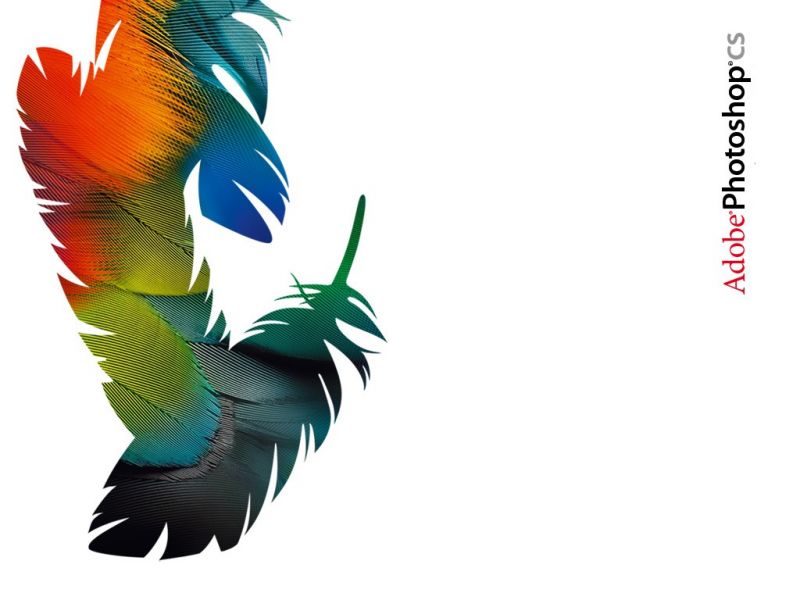Have you seen a kangaroo before out of zoo before ? I didn’t see a Kangaroo before but i always wonder that what is kangaroo, size and types of kangaroos.
What is Kangaroo?
A kangaroo is a marsupial from the family Macropodidae (macropods, meaning ‘large foot’). Wikipedia
Any of various herbivorous marsupials of the family Macropodidae of Australia and adjacent islands, having short forelimbs, large hind limbs adapted for leaping, and a long tapered tail. thefreedictionary
any of various herbivorous leaping marsupial mammals (family Macropodidae) of Australia, New Guinea, and adjacent islands with a small head, large ears, long powerful hind legs, a long thick tail used as a support and in balancing, and rather small forelegs not used in locomotion Merriam
Size of Kangaroos
The largest kangaroo, and largest of all marsupials, is the great red kangaroo, M. rufus, which inhabits the inland plains of Australia. Males of this species may be over 7 ft (210 cm) tall and weigh over 200 lbs (90 kg). They are bright maroon in color, with white faces and underparts. Females, called blue flyers, are blue-gray; smaller and faster than the males, they may achieve speeds of 30 mi (48 km) per hr. The great gray kangaroo, M. canguru, is almost as large; it is found in open forest areas of E and W Australia and in Tasmania. A related kangaroo, M. robustus, is known as the wallaroo and inhabits rocky hills throughout most of the continent.
Types of Kangaroos
There are many varieties of kangaroo which come under the heading of “macropod”. Members of the macropod family are characterised by their big feet (“macropod” means “great-footed”), their front pouches, and the fact that they move primarily by hopping.
There are four main species that are commonly called kangaroo. These are:
- The Red Kangaroo (Macropus rufus) – This is the largest marsupial in the world and the most common in Australia.
- The Eastern Grey Kangaroo (Macropus giganteus) – This species ranges over the fertile eastern part of the continent.
- The Western Grey Kangaroo (Macropus fuliginosus) – This species is found in the southern part of west Australia, near the coast of South Australia and the Darling River basin.
- The Antilopine Kangaroo (Macropus antilopinus) – This species is found in the far north of Australia. They inhabit grassy plains and woodlands.
Other species of kangaroos are smaller, and they include:
- Wallabies, including different species of rock-wallaby, brush wallaby and swamp wallaby
- Quokkas, once thought to be a type of wallaby, but now regarded as another separate group
- Musky-rat kangaroo (the smallest of all kangaroos)
- Tree kangaroos, which live in trees, although they can easily jump to the ground from 6m up and escape along the ground if threatened. There are numerous species of tree-kangaroos. They have shorter hind legs and a long, non-prehensile tail which they use as a rudder for jumping between tree branches. They are the only type also found in New Guinea.
- Pademelons, which are the smallest of the macropod family. There are many different varities of pademelons.
- Wallaroos and euros, which come in between wallabies and kangaroos in size. They are characterised by a more thickset body, and are darker around the snout.
Then there are the potoroids – a sub-species of the kangaroo family. Examples include:
- Rat-kangaroos, which look like oversized rats around the face and ears. There are various species of these, such as the Musky rat-kangaroo and the Rufous rat-kangaroo. Rat kangaroos are different to the kangaroo-rats of North America, and not at all related.
- Potoroos, which are small and quite endangered. Gilbert’s Potoroo is the most threatened marsupial species in Australia.
- Bettongs which, like the potoroo, are sometimes included in with the rat-kangaroos. They are quite small, usually weighing only a couple of kilograms when mature.
Some specific species (not all) are listed below, excluding the extinct species. The rat kangaroos, potoroos and bettongs are also not represented below:
- Lumholtz’s Tree-kangaroo, Dendrolagus lumholtzi
- Grizzled Tree-kangaroo, Dendrolagus inustus
- Bennett’s Tree-kangaroo, Dendrolagus bennettianus
- Ursine Tree-kangaroo, Dendrolagus ursinus
- Matschie’s Tree-kangaroo, Dendrolagus matschiei
- Doria’s Tree-kangaroo, Dendrolagus dorianus
- Goodfellow’s Tree-kangaroo, Dendrolagus goodfellowi
- Lowlands Tree-kangaroo, Dendrolagus spadix
- Golden-mantled Tree-kangaroo, Dendrolagus pulcherrimus
- Seri’s Tree-kangaroo, Dendrolagus stellarum
- Dingiso, Dendrolagus mbaiso
- Tenkile, Dendrolagus scottae
- Brown Dorcopsis, Dorcopsis muelleri
- White-striped Dorcopsis, Dorcopsis hageni
- Black Dorcopsis, Dorcopsis atrata
- Gray Dorcopsis, Dorcopsis luctuosa
- Small Dorcopsis, Dorcopsulus vanheurni
- Macleay’s Dorcopsis, Dorcopsulus macleayi
- Spectacled Hare-wallaby, Lagorchestes conspicillatus
- Rufous Hare-wallaby, Lagorchestes hirsutus
- Agile Wallaby, Macropus agilis
- Black-striped Wallaby, Macropus dorsalis
- Tammar Wallaby, Macropus eugenii
- Western Brush Wallaby, Macropus irma
- Parma Wallaby, Macropus parma
- Pretty-faced Wallaby, Macropus parryi
- Red-necked Wallaby, Macropus rufogriseus
- Woodward’s Wallaroo, Macropus bernadus
- Eastern Wallaroo, Macropus robustus
- Bridled Nail-tail Wallaby, Onychogalea fraenata
- Northern Nail-tail Wallaby, Onychogalea unguifera
- Short-eared Rock-wallaby, Petrogale brachyotis
- Monjon, Petrogale burbidgei
- Nabarlek, Petrogale concinna
- Proserpine Rock-wallaby, Petrogale persephone
- Rothschild’s Rock-wallaby, Petrogale rothschildi
- Yellow-footed Rock-wallaby, Petrogale xanthopus
- Allied Rock-wallaby, Petrogale assimilis
- Cape York Rock-wallaby, Petrogale coenensis
- Godman’s Rock-wallaby, Petrogale godmani
- Herbert’s Rock-wallaby, Petrogale herberti
- Unadorned Rock-wallaby, Petrogale inornata
- Black-flanked Rock-wallaby, Petrogale lateralis
- Mareeba Rock-wallaby, Petrogale mareeba
- Brush-tailed Rock-wallaby, Petrogale penicillata
- Purple-necked Rock-wallaby, Petrogale purpureicollis
- Mt. Claro Rock-wallaby, Petrogale sharmani
- Quokka, Setonix brachyurus
- Tasmanian Pademelon, Thylogale billardierii
- Brown’s Pademelon, Thylogale browni
- Dusky Pademelon, Thylogale brunii
- Calaby’s Pademelon, Thylogale calabyi
- Mountain Pademelon, Thylogale lanatus
- Red-legged Pademelon, Thylogale stigmatica
- Red-necked Pademelon, Thylogale thetis
- Swamp Wallaby or Black Wallaby, Wallabia bicolor



